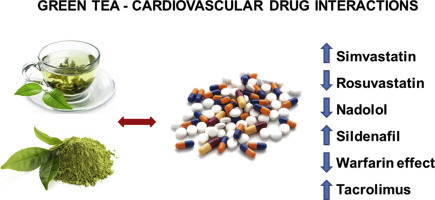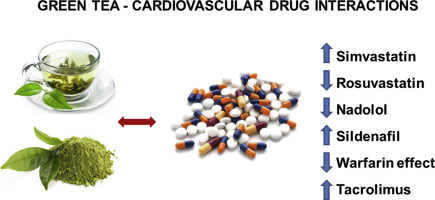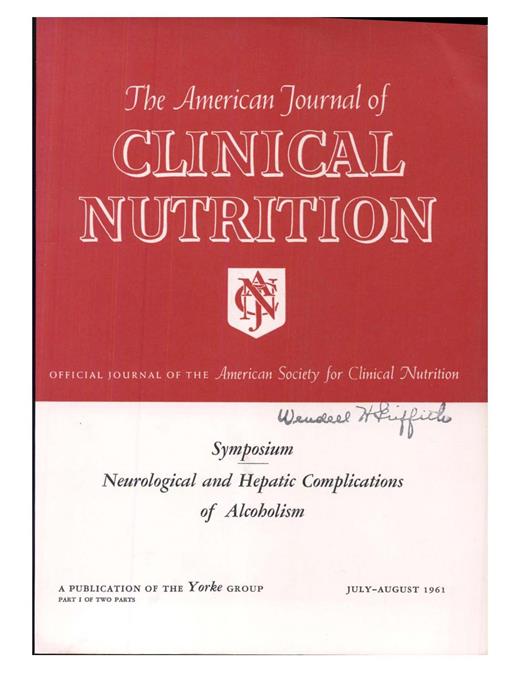AlphaCog
Member
- Joined
- Jan 28, 2014
- Messages
- 96
There's Something to Be Said for Having 'Tea Bones'
Written by Jeanie Lerche DavisApril 13, 2000 (Atlanta) -- Ladies, start your teapots! A new study from England shows that tea may build and strengthen bones -- protecting women against osteoporosis. If milk is added to the tea, the benefit is boosted even more.
Although several studies have cited caffeine intake a risk factor for osteoporosis and hip fracture in women, at least two European studies have reported that tea drinking protected against hip breaks.
The current study shows that "the magnitude of the effects of drinking tea was notable," writes lead author Verona M. Hegarty, PhD, a gerontology researcher at England's University of Cambridge School of Medicine. Older women who drank tea had higher bone mineral density measurements, an indicator of bone health, than those who did not drink tea. "Nutrients found in tea ... [may] protect against osteoporosis in older women," concludes Hegarty.
Her study, which involved over 1,200 women living in Cambridge, is published in this month's issue of the American Journal of Clinical Nutrition.
The women completed questionnaires regarding their health and lifestyle that included questions on daily tea and coffee consumption, smoking habits, physical activity, alcohol intake, whether they drank caffeinated or decaffeinated coffee, whether coffee was instant or ground, whether they used hormone replacement therapy, if they added milk to tea, and so on. Each also had their bone mineral density measured, which showed bone strength in the spine and the area where hip breaks most often occur.
Among the women, there were over 1,100 tea drinkers and just about 120 non-tea drinkers, all between the ages of 65 and 76.
Tea drinkers had significantly greater bone mineral density measurements. Among coffee drinkers, those who also drank tea had significantly higher measurements as well.
"These findings were independent of smoking status, use of hormone replacement therapy, coffee drinking, and whether milk was added to tea," says Hegarty. Also, number of cups of tea per day did not seem to play a role, and women who added milk to their tea had much higher bone mineral density in the hip area.
Though more study is needed, Hegarty suggests that tea has components that weakly mimic the effect of the female hormone, estrogen -- documented by other researchers -- and may be important in maintaining bone mineral density in postmenopausal women. Hegarty writes that tea's attributes may have little effect in younger women and men but may be important in keeping bones healthy in older women.
"This research presents some interesting findings," Pamela Meyers, PhD, tells WebMD. "Most research on teas, especially on green tea, has looked at its ability to lower risks of cancer and heart disease. This is the first I have seen that has researched the effects of tea on BMD." Meyers is a clinical nutritionist and assistant professor at Kennesaw State University near Atlanta.
However, says Meyers, she would like to see more complete data on intake of animal protein, calcium, caffeinated sodas and exercise -- all factors that can affect bone density. She reminds women that high consumption of protein and sodas may increase risk of osteoporosis, whereas extra calcium and exercise can improve bone density. "I would like to see more studies into the [estrogen effects] of tea, both green and black," she says.
Vital Information:
- Scientific research has shown that caffeine consumption increases the risk of osteoporosis, but a new study shows that tea may actually offer a protective effect against the disease.
- In a British study, women who consumed tea had significantly greater bone mineral density when compared to non-tea drinkers.
- Researchers suspect that substances in tea can mimic the effects of estrogen in protecting bones.
Tea for Stronger Bones?
A new study from England shows that tea may build and strengthen bones -- protecting women against osteoporosis. If milk is added to the tea, the benefit is boosted even more.




